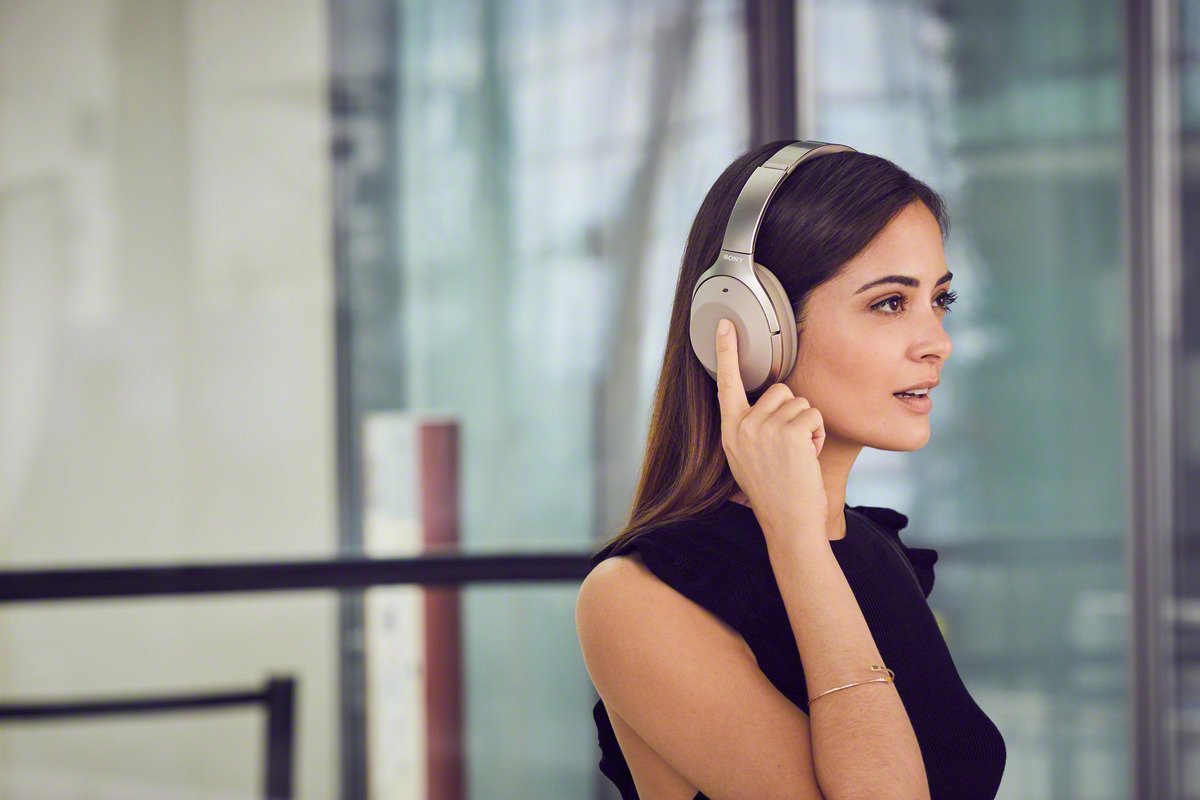Whether you're a casual jogger, a gym enthusiast, or a dedicated athlete, the right pair of sports headphones can significantly enhance your workout experience. The market is flooded with options, each boasting different features and specifications, which can make choosing the best sports headphones a daunting task. This guide will help you navigate through the essential factors to consider when selecting the ideal pair of sports headphones to suit your needs.
1. Comfort and Fit
One of the most critical aspects of sports headphones is comfort and fit. During intense workouts, the last thing you want is for your headphones to become a distraction. Here’s what to consider:
- Ear Tip Options: Look for headphones that come with multiple ear tip sizes. A snug fit not only ensures comfort but also enhances sound quality by isolating external noise.
- Ear Hooks and Wings: Some sports headphones come with ear hooks or wings that provide extra security, ensuring they stay in place during vigorous activities.
- Weight: Lightweight headphones are more comfortable for long sessions, reducing strain on your ears and head.
2. Sweat and Water Resistance
Sweat and water resistance is a non-negotiable feature for sports headphones. Sweat can damage regular headphones, and outdoor workouts often expose you to varying weather conditions. Here's what to look for:
- IP Rating: The Ingress Protection (IP) rating indicates how resistant the headphones are to sweat and water. For sports headphones, an IPX4 rating is a minimum requirement, while IPX7 offers better protection, allowing the headphones to withstand full submersion in water for up to 30 minutes.
- Hydrophobic Coating: Some headphones feature a hydrophobic coating that repels sweat, adding an extra layer of protection.
3. Battery Life
Battery life is crucial, especially for longer workouts or those who don’t want to recharge frequently. Different types of sports headphones offer varying battery life:
- True Wireless Earbuds: Typically, these offer between 4 to 10 hours of battery life per charge, with the charging case providing additional hours.
- Wireless Over-Ear Headphones: These tend to have a longer battery life, often ranging from 15 to 30 hours on a single charge.
- Quick Charging: Some headphones offer quick charging features, allowing you to gain several hours of playback time with just a few minutes of charging.
4. Sound Quality
While comfort and durability are essential, sound quality should not be overlooked. Here’s what you need to know:
- Bass: A strong bass response can be motivating during workouts. Look for headphones that offer punchy bass without overpowering the mids and highs.
- Noise Isolation vs. Noise Cancellation: Noise isolation passively blocks external noise through a tight seal, while active noise cancellation headphones uses microphones and processing to cancel out noise. ANC is great for reducing background noise, but it may slightly reduce battery life.
- Sound Signature: Some headphones are tuned for a more balanced sound, while others may emphasize bass or treble. Choose according to your music preferences.
5. Durability
Sports headphones need to withstand the rigors of an active lifestyle. Durability factors to consider include:
- Build Quality: Look for headphones made from sturdy materials that can handle drops, sweat, and constant movement.
- Reinforced Cables: If you’re opting for wired or neckband-style headphones, ensure the cables are reinforced to prevent wear and tear.
- Warranty: A good warranty can provide peace of mind, especially if you’re investing in a premium pair of headphones.
6. Wireless vs. True Wireless
The debate between wireless and true wireless headphones is ongoing, and each has its pros and cons:
- Wireless Headphones: Wireless headphones are connected by a wire or neckband, which can be a bit more secure but may get in the way during certain activities.
- True Wireless Earbuds: These offer complete freedom of movement with no wires at all, making them ideal for sports. However, they can be easier to lose and might have shorter battery life.
7. Additional Features
Beyond the basics, several additional features can enhance your workout experience:
- Voice Assistants: Integration with voice assistants like Siri, Google Assistant, or Alexa can make controlling your music, receiving notifications, or answering calls hands-free and convenient.
- Touch Controls: Many modern sports headphones come with touch-sensitive controls, allowing you to manage playback, volume, and calls without reaching for your device.
- Hear-Through Mode: This feature allows you to let ambient noise in, making it safer for outdoor activities like running, where being aware of your surroundings is crucial.
- Built-in Heart Rate Monitor: Some advanced sports headphones come with built-in heart rate monitors, allowing you to track your fitness metrics directly through the headphones.
8. Price Consideration
Sports headphones come in a wide price range. Here’s how to approach it:
- Budget Options: If you’re on a budget, there are still decent options available that offer good sound quality and basic water resistance. Brands like Sony and Audio technica offer budget-friendly models.
- Mid-Range: In the mid-range, expect better sound quality, additional features like noise cancellation, and improved durability. This range usually offers the best value for money.
- Premium: Premium sports headphones come with advanced features like superior noise cancellation, heart rate monitoring, and exceptional sound quality. They are ideal for those who want the best in performance and durability.
9. Final Thoughts
Choosing the best sports headphones depends on your specific needs and preferences. Consider the type of activities you’ll be using them for, your budget, and the features that matter most to you. With the right pair of headphones, you can enhance your workouts, stay motivated, and enjoy your favorite tunes without interruption. Whether you prioritize comfort, sound quality, or durability, the perfect pair of sports headphones is out there waiting for you.





Comments